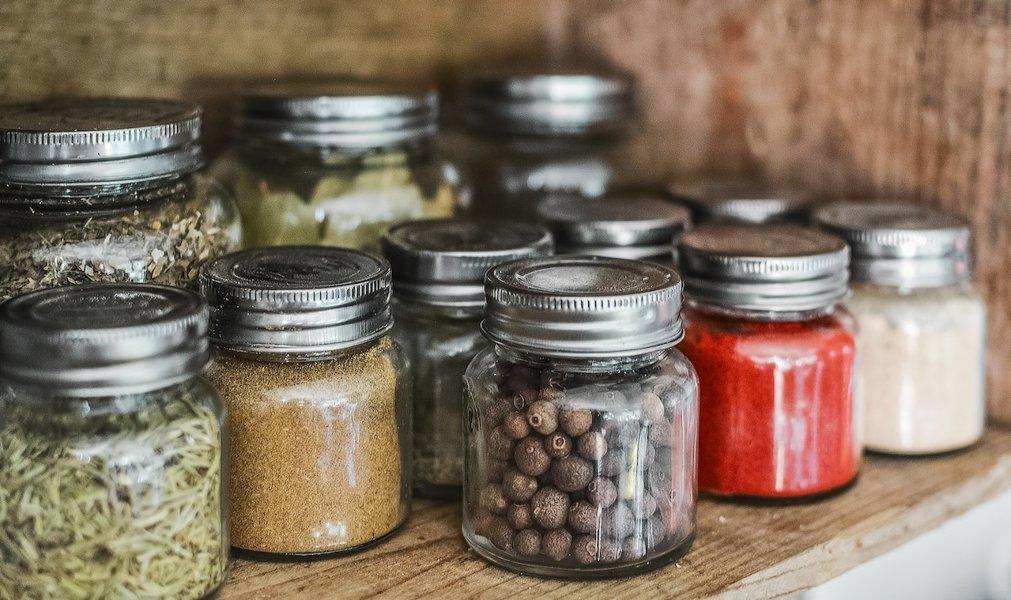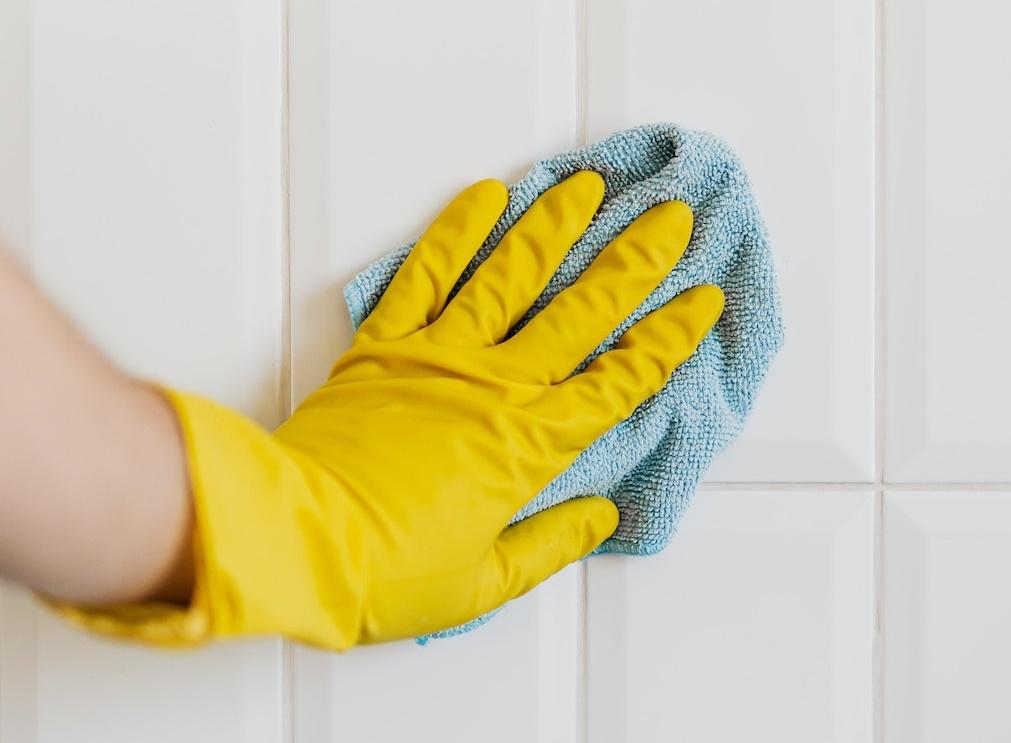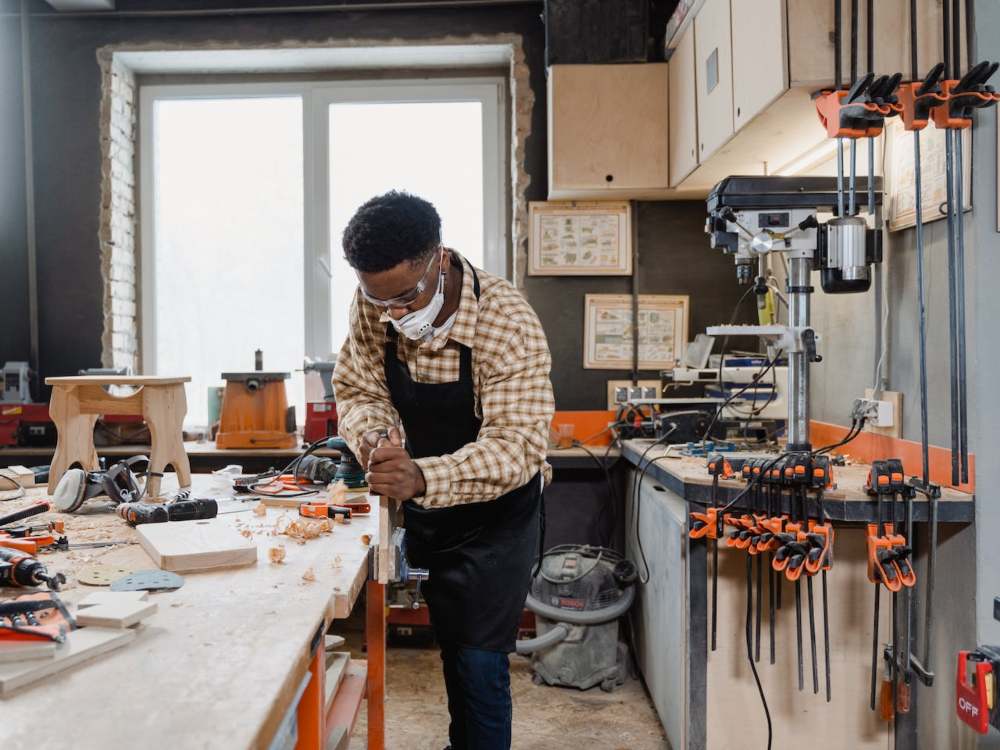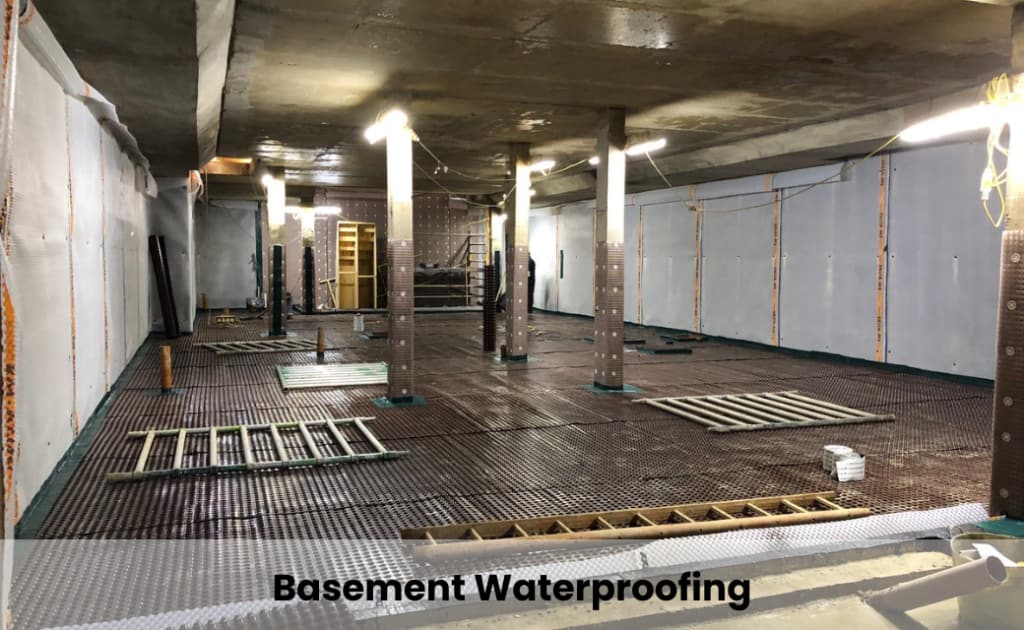Whether you’re making a big batch of soup, packing lunches, or simply looking for a specific container, no one wants to be stuck unthinkingly searching through a messy cabinet. You can take a few simple steps to organize your plastic containers and lids. Start by going through your entire collection of plastic containers and doing a purge. Throw out any lids that don’t have matching bottoms.
Table of Contents
Use a Label
The kitchen is the room in your home where commotion meets chaos. Organizing your kitchen is an essential task that makes cooking dinner more accessible, finding ingredients, and cleaning dishes easier. Labeling containers and jars in your kitchen is a small but impactful step that can save you time and frustration. When storing plastic jars in your kitchen, consider using labels to help you quickly identify what each container holds. This can be especially helpful if you have multiple similar containers or use the same jars to store different items. The best labels for plastic jars are durable, waterproof, and easy to write on with your hands or a marker. Choose a permanent marker that won’t smear, and use labels made from a material that can be run through the dishwasher or oven for long-lasting use. You can also buy biodegradable and compostable label materials if you are concerned about your environmental footprint.
Store Lids and Bottoms Separately
Between ordering takeout and packing lunches, it’s nearly impossible to avoid accumulating a collection of small food storage containers. However, the influx of coordinating lids can become overwhelming when not correctly stored. One of the most effective ways to organize lids is to separate them from container bottoms. Stack like-sized lids together on one side of the cabinet while arranging container bottoms on the other. This method maximizes space and makes it easy to grab a lid whenever needed. Another great option is to use a lid rack or holder. These organizers usually feature slots or compartments that hold lids vertically, making them easy to find and keeping them from sliding around the drawer. Lid racks are available in various sizes, allowing you to customize the solution to your kitchen. They can also be installed inside cabinets or walls, freeing up valuable drawer and countertop space.
Store Lids in a Drawer
Professional organizers often tell clients that a good place to start with a kitchen organization project is to remove all the plastic containers and lay them on a table. From there, it’s a great idea to go through and match up the lids with their container bottoms. This step will help you eliminate any lids that don’t have a mate and save you time when it comes to searching for the right one in your cabinet or drawer. If you’re lucky enough to have a separate drawer for your pot lids, try using dividers or a simple wooden system to categorize them by size and shape. This will keep them from falling over and causing unnecessary frustration when finding your dinner leftovers is time! Another option is to use a free-standing storage bin that’s just the right size to hold your lid collection. You can add labels (i.e., round lids’, ‘square and rectangular,’ and ‘large and small’) to find your needs quickly.
Store Lids in a Basket
Ordering takeout, packing lunches, and storing leftovers from dinner can create a rapid influx of small food storage containers that can be difficult to keep track of. The lids can float around the kitchen and get lost when they aren’t properly stored, but you can use several organizing hacks to keep those lids contained and where they belong. Consider a slender drawer organizer like this, making it easy to stack and sort lids. If you’re using a standard drawer, insert a liner—like silicone or felt—to prevent the lids from shifting around when stacked. A pegboard system can also work well in the kitchen. Mount hooks or pegs on the wall to arrange the lids based on size and container type. This method also helps free up cabinet or drawer space while adding a visual element to the kitchen.
Also Read – The Importance of Call Analytics for Car Dealerships




